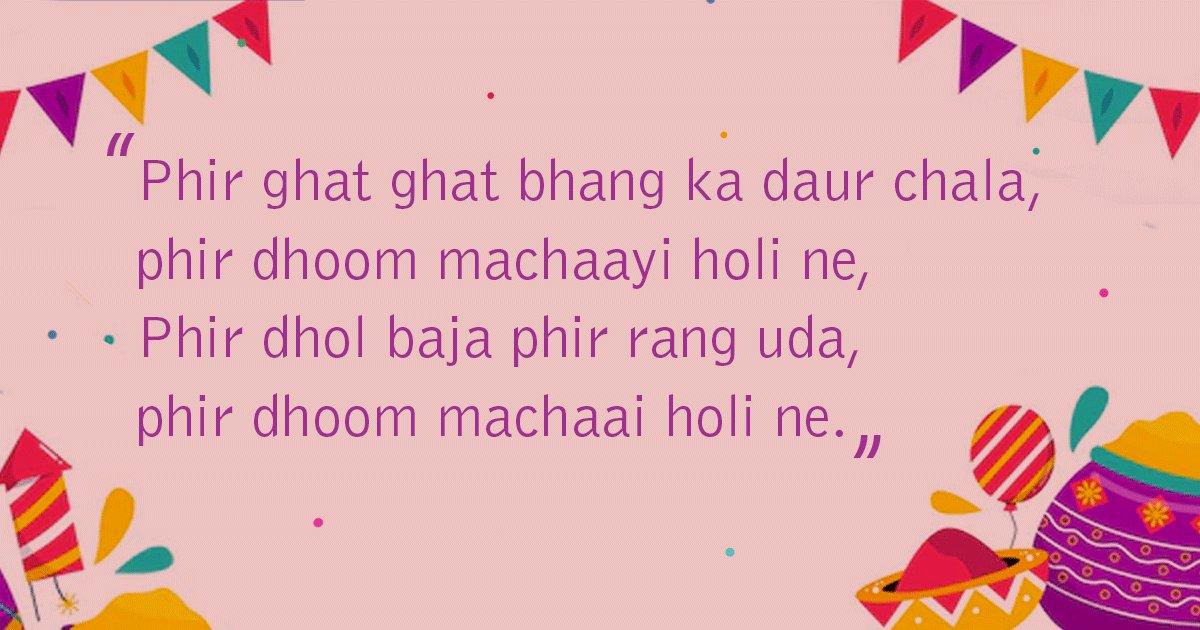Holi is just around the corner which means that a great number of households are busy cleaning their houses and preparing sweets, the main among which is gujiya.
Making gujiya takes time too. There is a process that needs to be followed meticulously (lest the cover opens up while frying) and more often than not, it requires a team to accomplish the task.
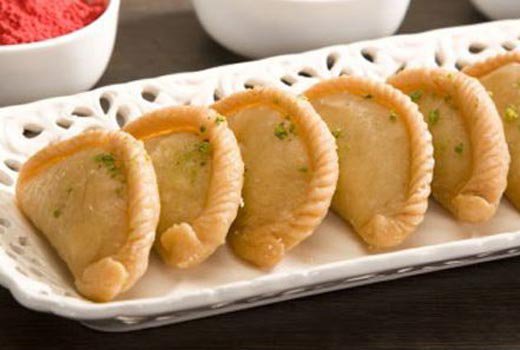
There are steps involved, there is timing and whatnot. All hands on deck. It requires a bit of effort but the end result is worth it. Whosoever came up with the gujiya recipe knew just how to balance the texture with the taste, making it so addictive.
However, the sweet may not be the result of one person’s creativity. Those who have studied its history suggest that gujiya first came into being in the 13th century and was a sweet replica of samosa, which in turn reached India through the Middle East.
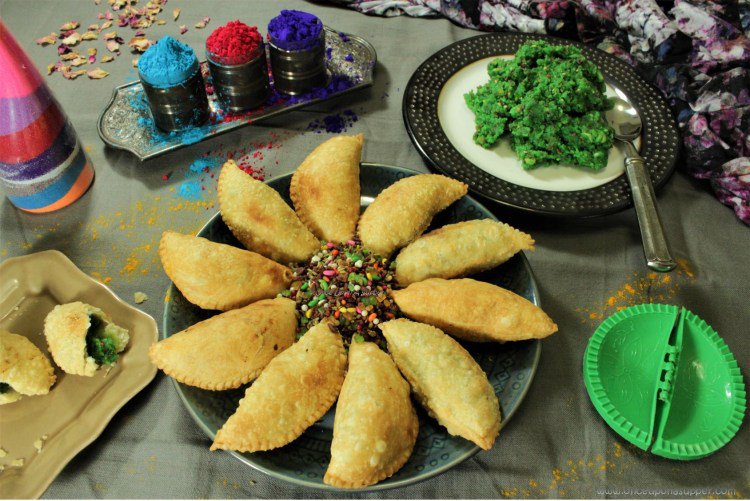
Back then the filling was made with jaggery and honey and the outer shell was made of wheat. The dumpling-like delicacy was then dried in the sun instead of frying it in oil.
There is not enough material to support the theories of gujiya’s transformation but in the 17th century, it came close to its current form in Uttar Pradesh.
And from there it traveled the rest of India and the world.
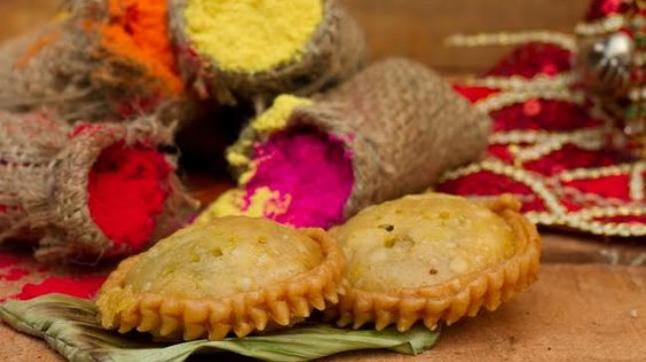
There are also conjectures that gujiya may be linked to Baklava, a Turkish delicacy, or Apupa, a rice cake popular in South India.
It’s hard to put a pin on one moment in history and say this is when gujiya came into being. It has had its journey and as of today is made in 100 different ways.
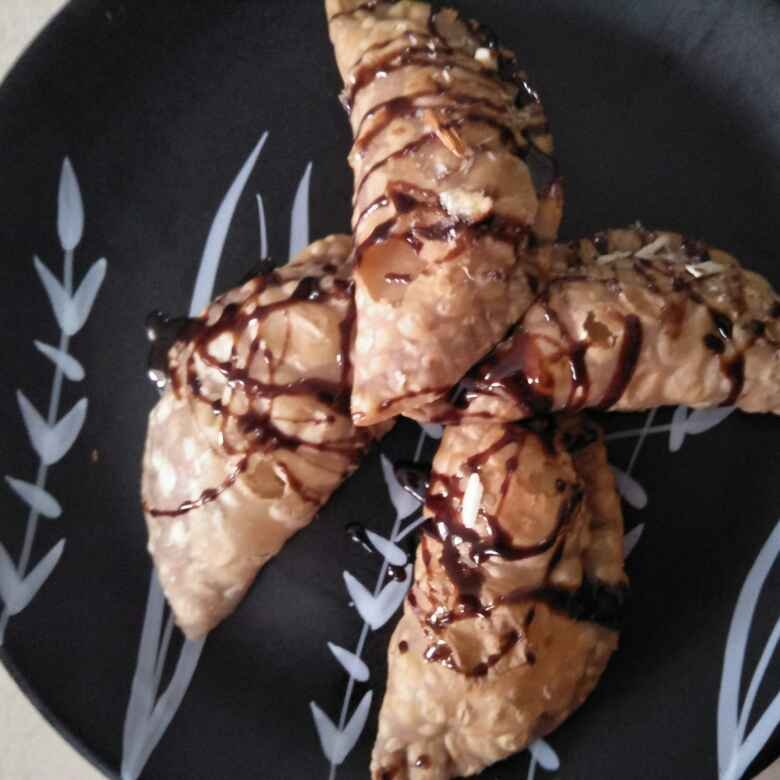
The fact that it is made with filling leaves a lot of room for experimentation and you’d easily find stuff like brownie gujiya, chocolate gujiya, even bhang gujiya for sale.
Now that we have covered the history of this delicious sweet, it’s time to go and enjoy one. Happy Holi, guys!




